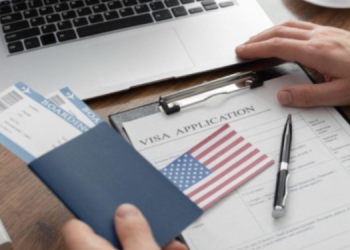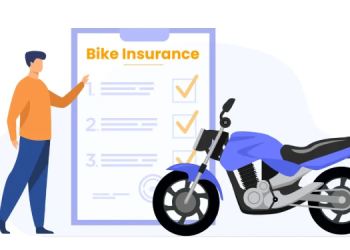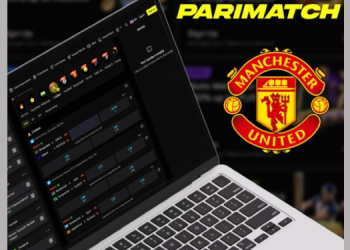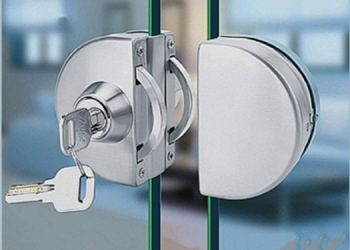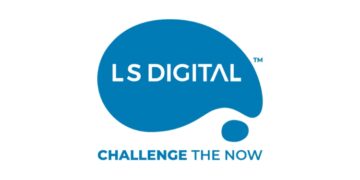Introduction
In the fast-paced evolution of digitalisation, UPI emerged as a transformative force that paved faster yet seamless payment methods, making it very convenient for instant and secure transactions. Within the UPI ecosystem, two distinct yet closely related ways have gained prominence: Payment Links and QR Codes. Both these solutions offer seamless, cashless transactions, but businesses and individuals are often faced with the dilemma of choosing the more suitable option.
This article will explore the nuances of UPI Payment Links and QR Codes, dissecting their features, advantages, and drawbacks. You’ll be better equipped to decide which payment solution best suits your needs.
All About Payment Links and QR Codes in UPI
Before we delve into the comparison between Payment Links and QR Codes, it’s crucial to understand what each of these methods entails and how they function within the UPI framework.
Payment links are web links generated by payment service providers, banks, or mobile apps to facilitate transactions shared through the assigned digital channels such as emails, social media and other messaging apps. One can pay by providing all the essential transaction details on the payee’s Virtual Payment Address (VPA), transaction amount, and a description. After this step, users can finally click on the link, review their transaction details and initiate the payment within the UPI app.
Quick Response Codes or QR Codes, have become ubiquitous in the digital age. In the context of UPI payments, QR Codes are two-dimensional barcodes that encode payment information. These codes can be displayed physically or electronically and are scanned by the payer’s UPI app or a QR scanner to initiate a payment. The information embedded in the QR Code typically includes the VPA, transaction amount, and optional remarks. Scanning the QR Code triggers the payment, allowing for swift and error-free transactions.
Also read:Paytm Payments Bank has the best tech for UPI payments , Confirm NPCI reports
UPI Payment Links vs. QR Codes: Optimal Choices for Every Scenario
When deciding between UPI payment links and QR Codes, it’s crucial to consider your transaction’s context and specific requirements. Let’s explore which UPI payments method is better suited for different scenarios as follows:
- In-Person Transactions:
QR Codes are a natural choice for in-person transactions. They allow seamless, contactless payments and are ideal for retail stores, restaurants, and local vendors. Scanning a QR Code is quick, and there’s no need for sharing links or email communication.
- Online Shopping:
UPI Payment Links offer a user-friendly experience for online purchases. You can send a payment link through an email or messaging apps, allowing users to review the transaction details before confirming payment. This added transparency can be valuable when making online payments.
- Mobile and Remote Transactions:
QR Codes provide a versatile solution when the payer and payee are not nearby. They can be displayed on websites, apps, or invoices, making them accessible to remote users. This makes QR Codes suitable for mobile and e-commerce transactions.
- Users Less Familiar with Technology:
UPI Payment Links are a good choice if your payees are only partially tech-savvy. They involve clicking on a link, a more straightforward process for those needing to become more familiar with scanning QR Codes.
- Speed and Efficiency:
When speed is of the essence, QR Codes excel. They reduce the transaction process to a quick scan and payment. This speed is invaluable in settings where efficiency is a priority.
- Versatility:
UPI Payment Links are versatile and can be shared across various digital channels. If you need a payment method that accommodates multiple communication platforms, payment links has the upper hand.
Also read:NPCI highlights benefits of Rupay creadit cards linkage on UPI Conclusion
In the quest for the ultimate UPI payment solution, both UPI Payment Links and QR Codes offer remarkable capabilities. The choice between the two should be guided by the specific requirements of the transaction and the preferences of the users or businesses involved.
UPI payment links are best suited for those needing to be more tech-savvy or new to digital payments. They offer a user-friendly experience, allow versatile sharing across various communication channels, and provide comprehensive transaction information for users to review. However, they may involve additional steps compared to QR Code scanning.
On the other hand, QR Codes excel in speed, especially for contactless payments. They are perfect for scenarios where rapid, efficient transactions are essential. The requirement for users to have a QR scanner app or a UPI app with QR scanning capabilities is a minor drawback. Additionally, QR Codes may provide less transaction detail than payment links.
In practice, many businesses and users leverage UPI Payment Links and QR Codes to cater to a broader audience and offer a seamless payment experience. This approach guarantees that a suitable solution is readily available regardless of a user’s familiarity with technology or the nature of the payment. It expands the reach and convenience of digital payments, reinforcing the idea that diversity is the spice of life in UPI transactions. So, the verdict ultimately rests on your individual or business-specific needs. As UPI payments continue to drive India’s digital payment revolution, having UPI Payment Links and QR Codes at your disposal ensures you can choose the method that best aligns with your requirements.

